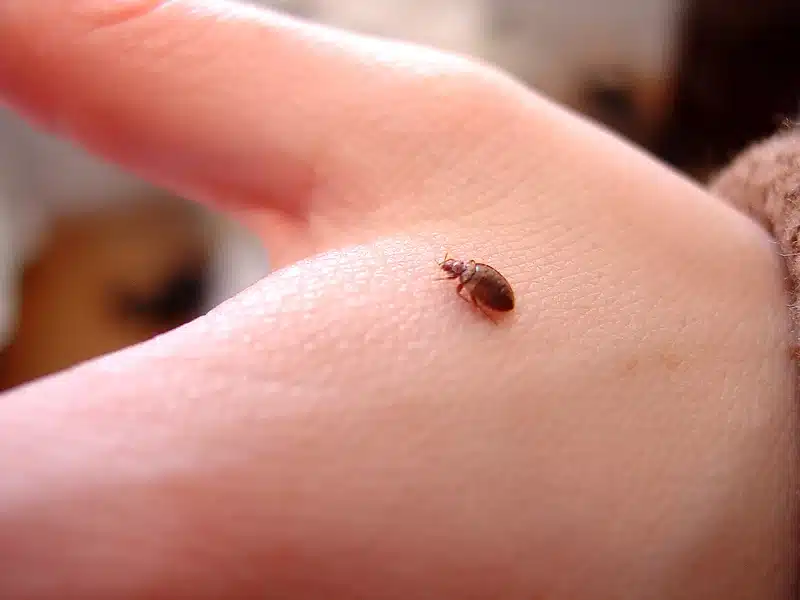I learned the hard way how quickly ticks can latch onto you. During a road trip, I stepped into a field for just a few minutes. When I came back to my car, I found four ticks crawling up my leg. That experience really drove home why having a reliable tick identification chart is so important for homeowners in our area.
Ticks don’t just live in your backyard—they’re waiting in forested areas, open fields, and anywhere there’s tall grass. With tick-borne diseases like Lyme disease becoming more common in Virginia and Maryland, knowing how to identify these pests quickly can make all the difference. I’ve seen the serious impacts firsthand through family members and colleagues who’ve dealt with Lyme disease, and it completely changed their daily routines and diet.
Understanding what does a tick look like is your first line of defense against these disease-carrying pests.
Tick Life Stages and Basics for Your Identification Guide
Hard ticks belong to the family Ixodidae and go through four distinct life stages. They start as eggs, then become six-legged larvae, eight-legged nymphs, and finally adults. Each active stage requires a blood meal to survive, and most species take 2-3 years to complete their entire life cycle.
These pests use a behavior called “questing” to find their next meal. They climb up on vegetation, stretch out their front legs, and wait for a host to brush past them. Through special organs called Haller’s organs, they can sense carbon dioxide, heat, and movement from potential hosts.
The good news is that ticks can’t jump or fly—they’re actually quite slow. However, they’re extremely persistent. Only a small fraction of ticks survive to adulthood because of starvation, dry conditions, and predators.
Benefits of Using a Tick Identification Chart
A tick identification chart serves as your quick visual reference when you find a tick on yourself, your family, or your pets. Different tick species carry different diseases, so proper identification helps you understand your risk level and what symptoms to watch for.
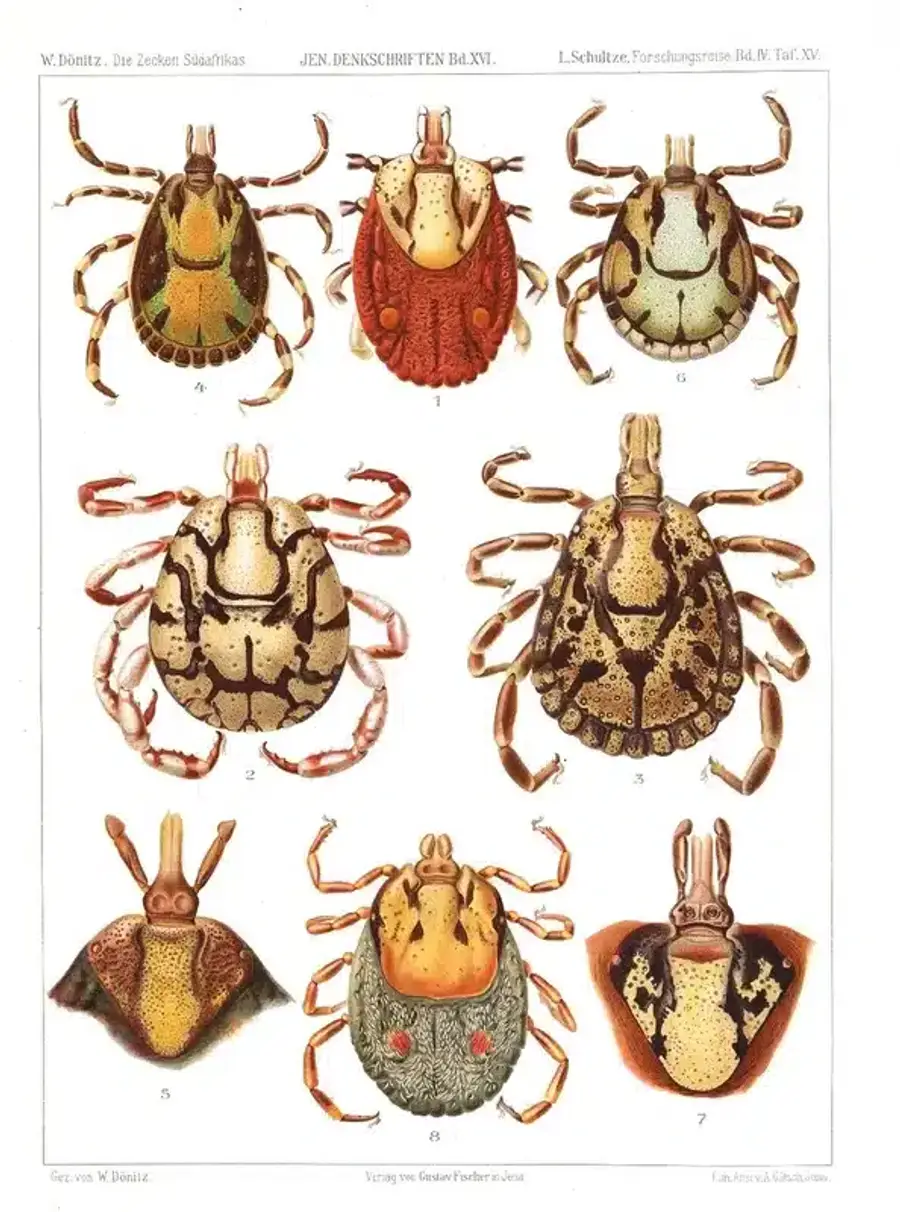
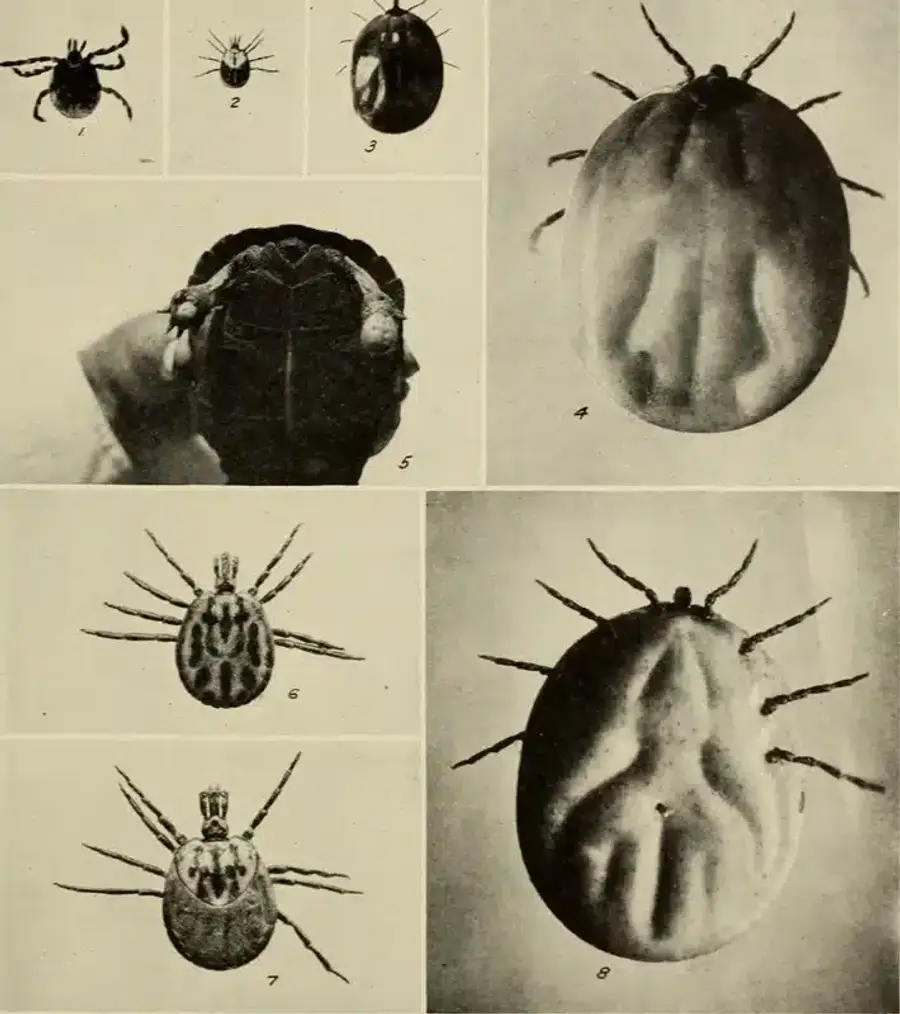

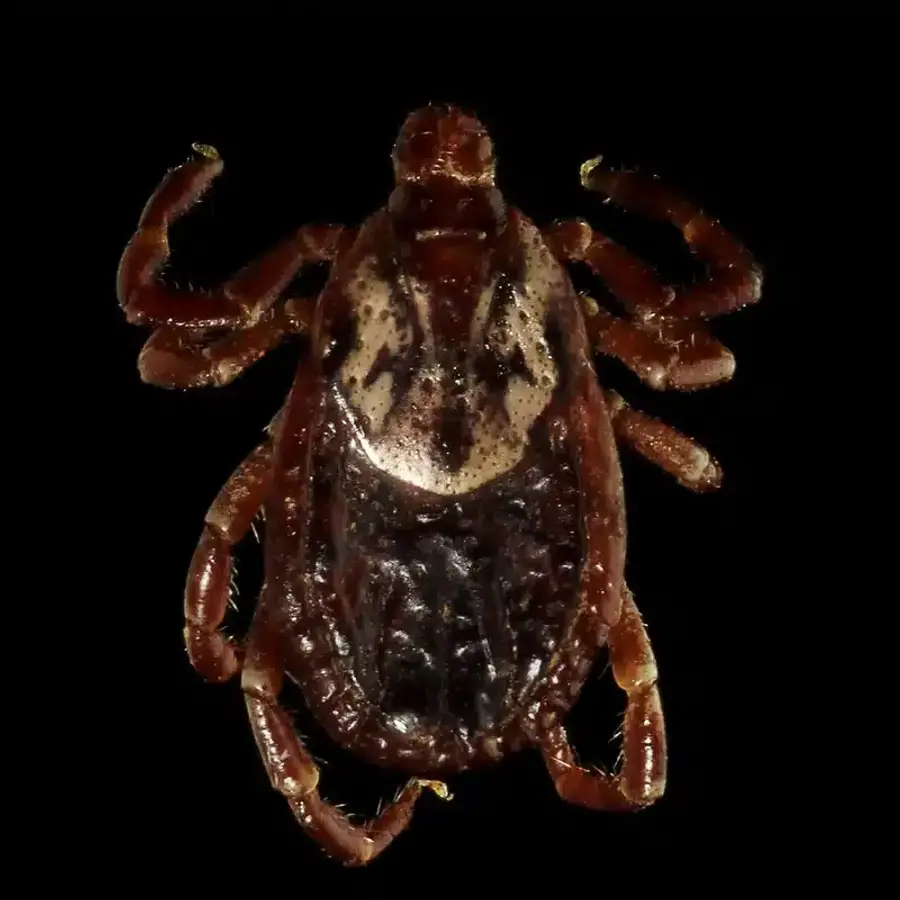
Having this chart handy during routine yard inspections can help you spot problem areas before they become serious infestations. Additionally, if you do get bitten, being able to identify the tick species helps healthcare providers make better treatment decisions.
The chart also helps you time your prevention efforts correctly, since different species are most active at different times of the year.
Species Identification Guide for Human-Biting Ticks in the United States
Black-legged Deer Tick
The black-legged tick, also called the deer tick, has a distinctive black shield (scutum) and long, tapered mouthparts. Females show a rust-red color on their back end, while males are completely dark. You won’t find festoons (grooved edges) on these ticks.
Their two-year life cycle creates peak human risk during late spring and early summer when tiny nymphs are questing. These nymphs are only about the size of a poppy seed, making them extremely hard to spot. Adults are more active in fall and on warm winter days.
This species transmits some of the most serious diseases in our area, including Lyme disease, anaplasmosis, babesiosis, and Powassan virus. The rising number of cases in Virginia and Maryland makes proper identification crucial.
Lone Star Tick
Female lone star ticks are easy to identify thanks to their single white “star” on their back. Both males and females have long mouthparts, visible eyes, and festoons along their back edge. They’re notably aggressive and fast-moving compared to other species.
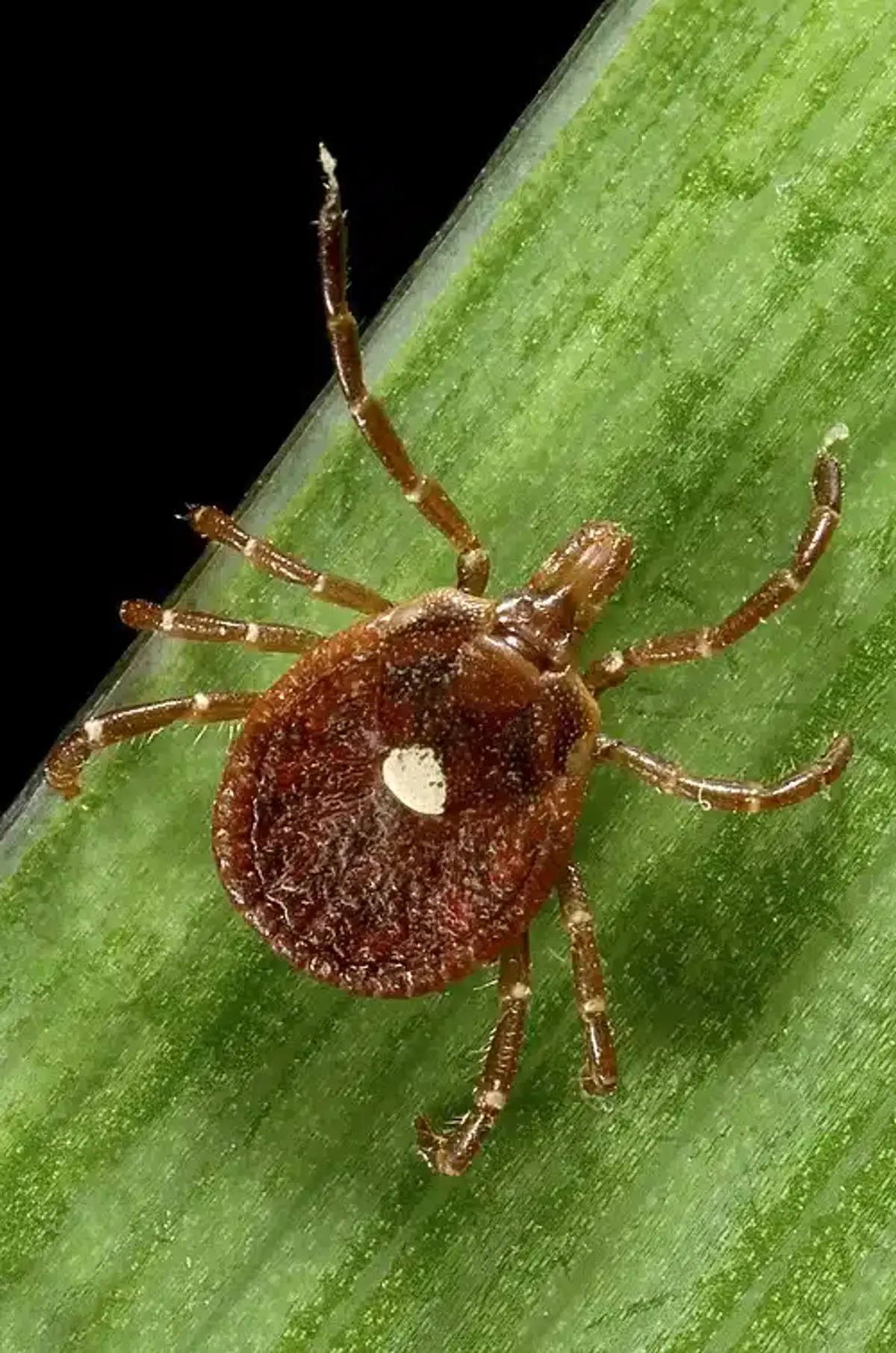
During July through September, you might encounter swarms of lone star larvae, often called “seed ticks.” These tiny pests can cover your legs in minutes if you walk through an infested area.
Lone star ticks carry ehrlichiosis, tularemia, and Heartland virus. They’re also associated with the red meat allergy known as alpha-gal syndrome, which can develop after repeated bites.
American Dog Tick
The American dog tick displays an ornate cream pattern on its shield, has short mouthparts, and shows festoons. These ticks prefer open fields and roadsides rather than dense forests, and adults actively bite humans from April through August.
While less common than other species, dog ticks can transmit Rocky Mountain spotted fever and tularemia. They’re often found along walking trails and in areas where people exercise their dogs.
Their preference for open areas means they’re often the first ticks homeowners encounter when spending time in their yards or local parks.
Brown Dog Tick
Brown dog ticks have a uniform reddish-brown color and can complete their entire life cycle indoors. This makes them particularly troublesome because they can establish populations in kennels, basements, and even living spaces.
While they primarily target dogs, brown dog ticks will bite humans when their populations get large enough. They can transmit Rocky Mountain spotted fever, especially in southern regions.
Controlling brown dog ticks requires treating both the pets and the indoor environment. Hot-washing all bedding, steaming furniture, and sealing cracks where they hide are essential steps.
Asian Longhorned Tick
The Asian longhorned tick is small, reddish-brown, and lacks ornate patterns. What makes this species particularly concerning is that females can reproduce without mating, potentially leading to massive population explosions.
This tick became established in both Virginia and Maryland around 2018. While it rarely bites humans currently, it’s commonly found on livestock, pets, and wildlife. Researchers are still studying its capacity to transmit diseases to humans.
The Asian longhorned tick represents an emerging threat that’s worth watching as populations continue to establish throughout our region.
How to Identify Ticks That Carry Disease Using Your Chart
Start by counting the legs—six legs means you’re looking at a larva, while eight legs indicates a nymph or adult. This simple step immediately narrows down your identification process.
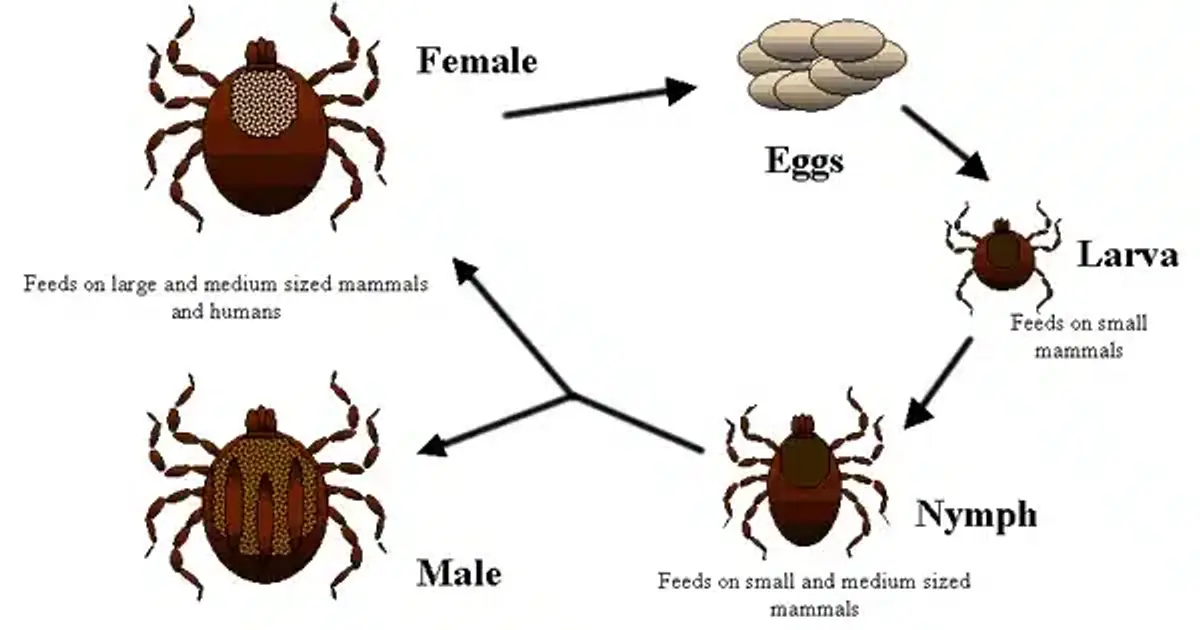
Next, examine the shield color and pattern. Look for ornate cream patterns (American dog tick), a single white dot (lone star female), or a solid dark shield (deer tick male). The presence or absence of festoons—those grooved edges—also provides important clues.
Mouthpart length offers another key identifier. Lone star and deer ticks have long, prominent mouthparts, while dog ticks have noticeably shorter ones. For size reference, remember that deer tick nymphs are about the size of a poppy seed, lone star nymphs resemble sesame seeds, and adult dog ticks are roughly the size of an apple seed.
Seasonal Tick Identification Chart for the Mid-Atlantic
Understanding when different ticks are active helps you stay prepared throughout the year. In March and April, adult lone star and dog ticks start their questing behavior, while black-legged adults resume activity on warm days.
May through July represents peak human-biting risk, especially from nymphal black-legged and lone star ticks. These tiny nymphs are hardest to spot but pose the greatest disease transmission risk.
July through September brings outbreaks of lone star larvae, often called “seed tick” season. Asian longhorned nymphs and adults also cluster on livestock during this period.
October through December sees black-legged adults peak for their fall mating season, while dog tick activity typically declines as temperatures drop.
Disease Risks on Your Tick Identification Chart
Disease Statistics Alert
Maryland reported over 2,000 confirmed Lyme disease cases in 2022, along with other reportable diseases including babesiosis, anaplasmosis, ehrlichiosis, Rocky Mountain spotted fever, and tularemia. These numbers highlight why proper tick identification matters so much.
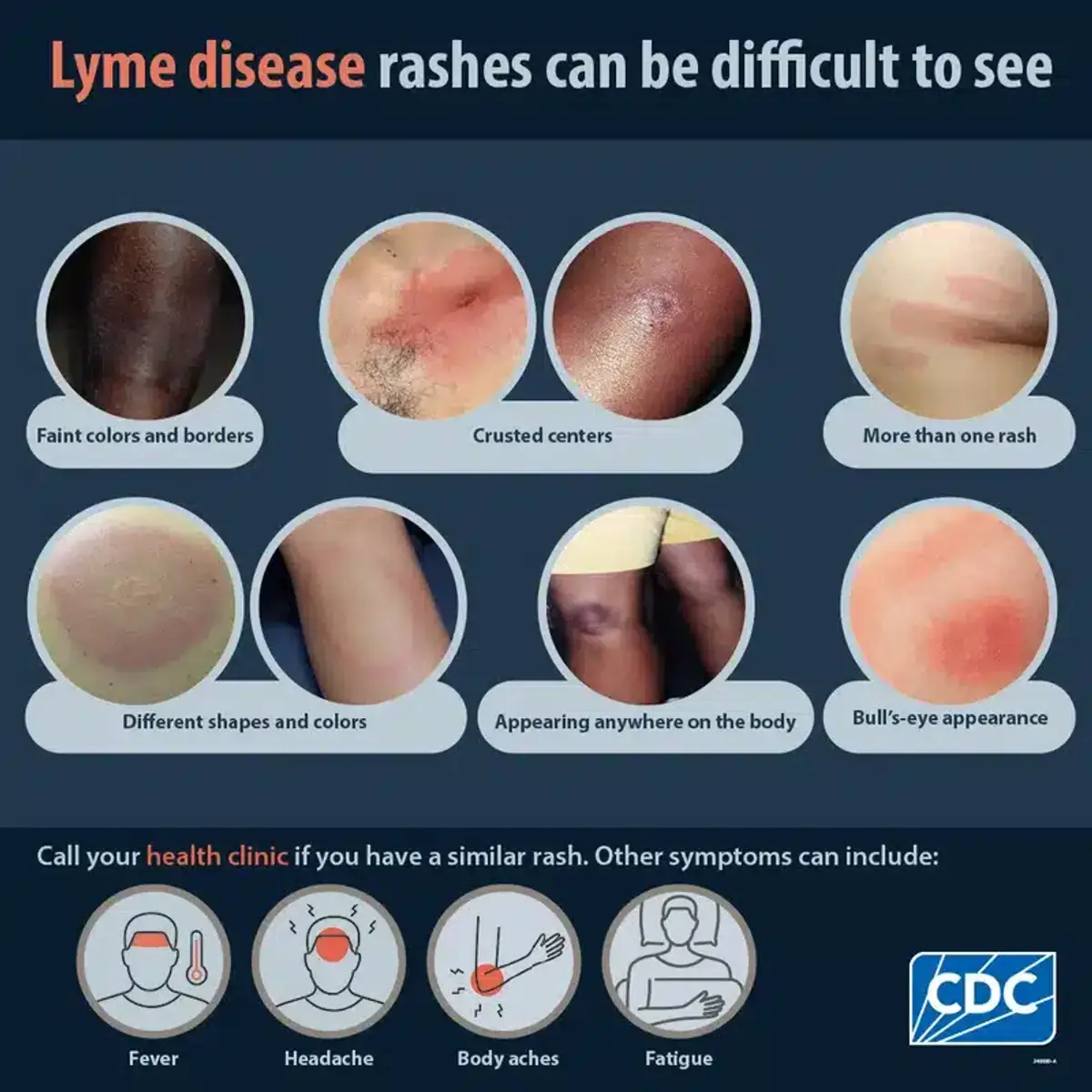
Virginia has seen rising babesiosis cases, with 17 confirmed or probable cases prompting a health department alert. This trend mirrors the increasing deer tick populations throughout coastal areas.
Alpha-gal syndrome cases are clustering in central Virginia and southern Maryland, linked directly to lone star tick bites. This red meat allergy can develop after repeated exposure and significantly impacts people’s dietary choices.
Tick Surveillance and Citizen Science Resources
Free Professional Identification Services
The Virginia Department of Health offers a tick survey where residents can mail ticks for professional identification and disease testing. This free resource helps both individual homeowners and state-wide surveillance efforts.
TickSpotters, developed by the University of Rhode Island, provides a web-based tool for photo identification with 96% expert accuracy. This crowdsourced platform also contributes valuable county-level distribution data.
USDA, USGS, and state cooperative extension services conduct active surveillance through drag and flag sampling. The CDC updates Asian longhorned tick distribution maps quarterly based on this ongoing research.
Treatment Strategies Based on Your Tick Identification Chart
Personal Protection
EPA-registered repellents containing DEET, picaridin, IR3535, or oil of lemon eucalyptus provide effective protection when applied correctly. Each ingredient offers different durations of protection and works better against certain species.
Permethrin-treated clothing and gear can reduce tick bites by over 80% for at least three months of regular use. You can buy factory-treated items or apply permethrin solutions to your existing outdoor clothing.
Landscape and Habitat Management
Creating a “tick-safe zone” around your home involves removing leaf litter, clearing brush and tall grass, and maintaining lawns under 3 inches. Pruning vegetation to increase sunlight and airflow makes areas less hospitable to ticks.
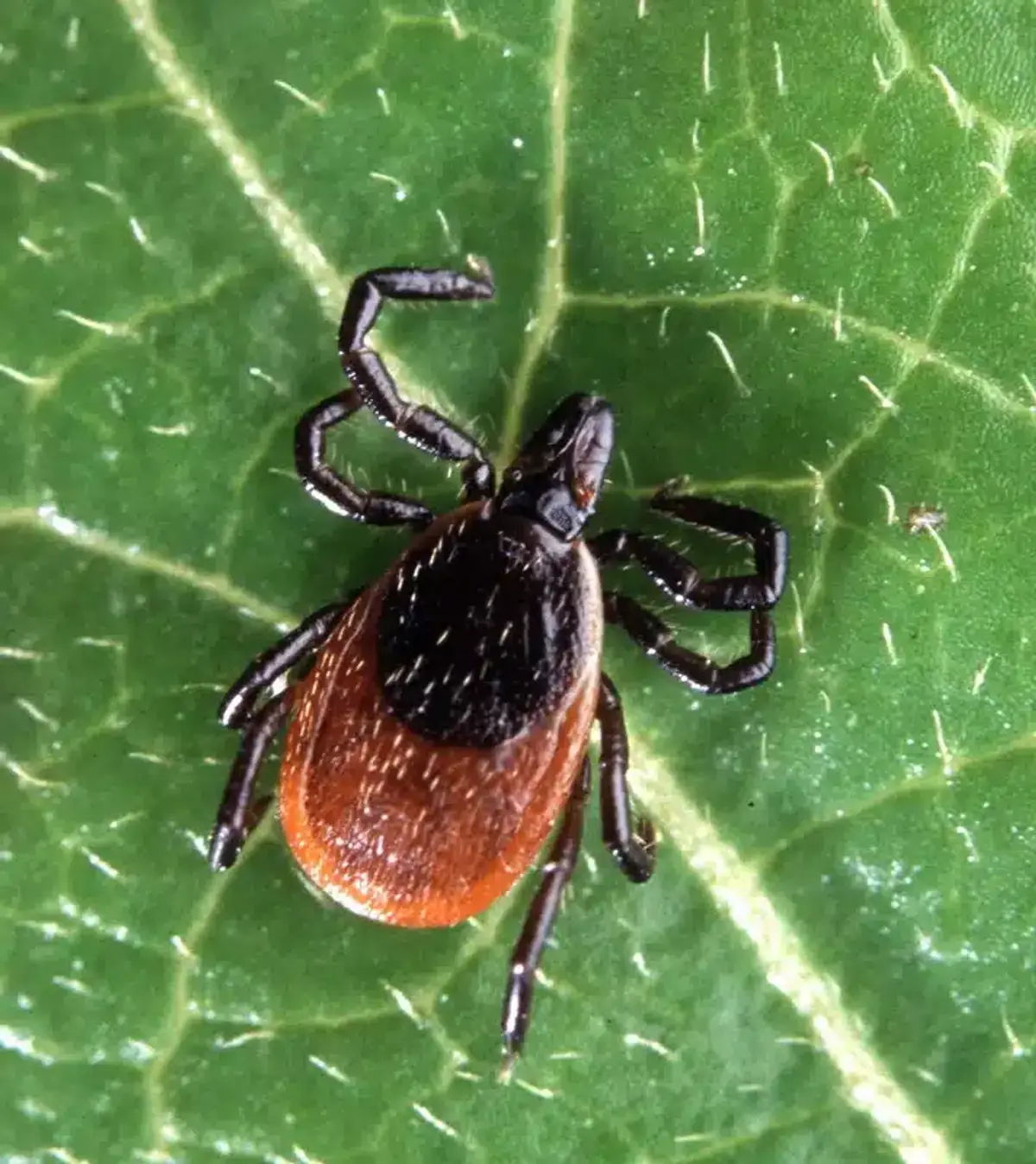
Installing a 3-foot wood-chip or gravel barrier between wooded areas and your lawn creates a dry zone that ticks struggle to cross. Stacking firewood off the ground and away from the house eliminates harborage areas.
Discouraging deer through fencing or plant selection reduces the number of tick hosts near your property. For specific guidance on grey tick treatment around your home, proper landscape management forms the foundation of any control strategy.
Chemical Control Applications
Professional acaricide treatments target key periods in the tick life cycle. Mid-May applications target nymphs, mid-June treatments focus on larvae, and optional October applications address adult populations.
Common active ingredients include bifenthrin, cyfluthrin, and lambda-cyhalothrin. These pyrethroid compounds provide effective knockdown when applied by licensed technicians who understand proper timing and application rates.
Granular formulations work well for ground-level applications, while liquid sprays can reach vegetation where ticks quest for hosts.
Pet Protection and Indoor Control
Oral isoxazoline treatments like fluralaner and afoxolaner provide systemic protection for dogs and cats. Topical applications containing fipronil or imidacloprid/permethrin combinations offer alternative approaches.
For brown dog tick infestations, treat pets while simultaneously addressing the indoor environment. High-heat laundering, steam cleaning furniture, and crack-and-crevice applications break the indoor breeding cycle.
Regular rotation of active ingredients helps prevent resistance development, especially important given emerging tolerance patterns in some regions.
Tick Removal and Post-Bite Guidance
Use fine-tipped tweezers to grasp the tick as close to the skin surface as possible. Pull upward with steady, even pressure—don’t twist or jerk the tick. Proper removal techniques are crucial for reducing disease transmission risk.
Never Use Folk Remedies
Never use heat, petroleum jelly, nail polish, or other folk remedies to remove ticks. These methods can cause the tick to regurgitate, potentially increasing disease transmission risk.
After removal, disinfect the bite area and your hands thoroughly. Dispose of the tick by placing it in alcohol or a sealed bag. Save the tick for identification if you develop symptoms.
Monitor the bite area and your overall health for 2-30 days. Seek medical attention if you develop a rash, fever, or other concerning symptoms. Being able to identify the tick species and life stage helps healthcare providers make informed treatment decisions.
Professional Tick Control Expertise
Our family has operated in the Northern Virginia area for 57 years, giving our team 300 years of combined experience in pest management. We’ve seen firsthand how tick populations and disease patterns have evolved throughout our region.
Our LawnShield program provides comprehensive tick and mosquito protection through strategically timed treatments from March through November. We use granular applications in spring and fall specifically targeting tick activity periods, combined with liquid treatments to ecotone areas where properties transition to natural terrain.

Unlike many pest control companies, we don’t lock customers into binding contracts. Our unlimited callback policy means we’ll keep treating until the problem is resolved, and you can cancel anytime if you’re not satisfied with the results.
Our licensed technicians take your calls directly—no phone trees or overseas operators. When you call 703-683-2000, you’ll speak with someone who understands local tick problems and can provide detailed treatment recommendations for your specific situation.
For comprehensive information about ticks and their control, our research team has compiled resources that go beyond basic identification to help you understand the complete management picture.
Frequently Asked Questions
How do I read a tick identification chart effectively?
+
Start with leg count to determine life stage, then examine shield color and patterns. Look for key features like festoons (grooved edges), mouthpart length, and overall size. Compare your findings to reference photos using size analogies like poppy seeds for deer tick nymphs or apple seeds for adult dog ticks.
How can I tell if I have a deer tick or a dog tick?
+
Deer ticks have solid dark shields without ornate patterns and lack festoons, while dog ticks display cream-colored ornate patterns on their shields and have visible festoons. Deer ticks also have longer, more tapered mouthparts compared to the shorter mouthparts of dog ticks.
What does a tick bite look like immediately after attachment?
+
Fresh tick bites often appear as small red spots with the tick still attached. The area may show slight swelling or irritation. Unlike mosquito bites, tick bites typically don't itch immediately. If you find an attached tick, focus on proper removal rather than examining the bite appearance.
Can I identify tick species on my pets using the same chart?
+
Yes, the same identification features apply to ticks found on pets. However, pets often have multiple ticks in different life stages, making identification more challenging. Brown dog ticks are more commonly found on pets and can establish populations indoors, while deer ticks and lone star ticks typically attach during outdoor activities.
When is the best time to apply tick prevention treatments professionally?
+
Peak treatment timing targets nymphal activity in mid-May and larval emergence in mid-June. Many homeowners benefit from an additional fall treatment in October targeting adult populations. However, timing can vary based on local conditions and specific tick species, which is why professional assessment provides the most effective approach.
Should I save ticks I remove for identification purposes?
+
Saving removed ticks helps with identification and medical decision-making if symptoms develop. Place the tick in a sealed bag or container with alcohol and note the removal date and location on your body. Many healthcare providers and state health departments can use this information for better patient care and surveillance.
How accurate are smartphone apps for tick identification compared to printed charts?
+
While smartphone apps provide convenience, printed tick identification charts with high-quality photos often provide better detail for accurate identification. Apps can be helpful for quick reference, but consulting multiple sources including professional resources gives you the most reliable identification.
Do different tick species require different removal techniques?
+
No, the same careful removal technique works for all tick species. Use fine-tipped tweezers to grasp close to the skin surface and pull straight up with steady pressure. The species identification becomes important after removal for assessing disease risk and monitoring symptoms.
Understanding tick identification protects your family from serious diseases that are increasingly common in our area. Whether you're dealing with deer ticks carrying Lyme disease or lone star ticks that can cause red meat allergies, proper identification guides your next steps.
If you're finding ticks around your property or want to establish a prevention program, our team can help develop a strategy that fits your specific situation. Call us at 703-683-2000 or email info@bettertermite.com to discuss how our LawnShield program and other Northern Virginia pest control services can protect your family from these disease-carrying pests.
With five years of hands-on experience in the pest control industry, George Schulz is a registered technician with the Virginia Pest Management Association and a proud third-generation professional in a family business that's been protecting homes for over 57 years. He manages and trains a team of service pros while also leading internal research efforts—recently spearheading a deep-dive review of thousands of documents on pest control materials to hand-pick the most kid and pet friendly, most effective solutions tailored specifically for homes in the DC metro area.
